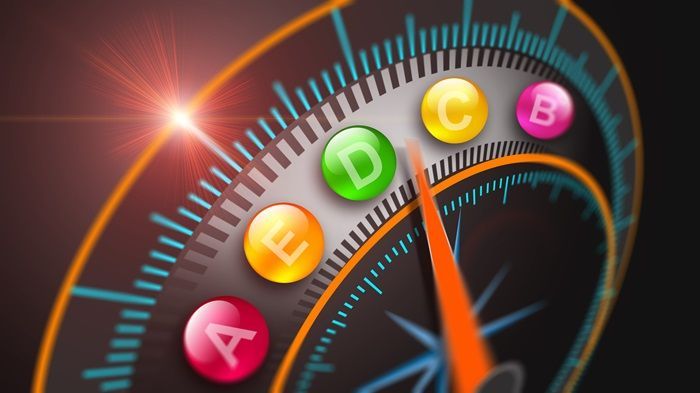Vitamin D Blood Test: Why It is Important

What is Vitamin D and Why is it Important?
Vitamin D is crucial for our health, particularly for strong bones and muscles. It helps our body absorb calcium and phosphorus from food, which are vital for bone health. Lack of vitamin D can lead to bone diseases like rickets in children, osteomalacia (softening of bones), and osteoporosis (brittle bones) in adults. Researchers are also exploring its role in preventing other health issues like infections, autoimmune diseases, heart disease, and even cancer. On the flip side, too much vitamin D can cause problems like high calcium levels, which might result in kidney stones.
How Do We Get Vitamin D?
There are two main types of vitamin D: D3 (cholecalciferol) and D2 (ergocalciferol). When exposed to sunlight, our skin produces vitamin D3, and it is also present in some foods and supplements. Vitamin D2 comes from some foods and is available as a high-dose prescription medicine in the U.S. Both forms are converted in the body into active substances that our body can use.
Testing for Vitamin D Levels
Doctors use a test called "Vitamin D, 25-Hydroxy, LC/MS/MS" to measure vitamin D levels in the body. This test is essential to check if someone has too little or too much vitamin D. It's particularly useful for people who might not get enough vitamin D, like the elderly, those with dark skin, or people living with certain medical conditions.
How Does the Test Work?
The test uses a technique called liquid chromatography and tandem mass spectrometry (LC/MS/MS). This method is very accurate and can separately measure the levels of vitamin D2 and D3 in the blood. The combined levels of these forms indicate the total vitamin D level in the body. This helps doctors diagnose vitamin D deficiency, monitor how well vitamin D supplements are working, and check for vitamin D toxicity.
Who Should Get Tested?
- People with symptoms that might indicate a vitamin D deficiency, like persistent muscle or bone pain.
- Those at a higher risk of deficiency, such as older adults, people with limited sun exposure, or those with certain medical conditions.
- Individuals taking vitamin D supplements.
- People with unexplained high calcium levels, which could be due to vitamin D toxicity.
Interpreting the Test Results
- Total vitamin D levels less than 20 ng/mL might suggest a deficiency.
- Levels between 20 and 30 ng/mL could indicate insufficient vitamin D.
- Over 30 ng/mL is generally considered sufficient, but opinions vary on the upper safe limit.
Conclusion
Vitamin D is essential for bone health and possibly for preventing other health problems. The Vitamin D, 25-Hydroxy, LC/MS/MS test is a reliable way to measure vitamin D levels and ensure they are within a healthy range. It's particularly important for those at risk of deficiency or who are taking supplements to manage their vitamin D levels carefully.
References
- Ross AC, Manson JE, Abrams SA, et al. J Clin Endocrinol Metab. 2011;96:53-58.
- Holick MF. N Engl J Med. 2007;357:266-281.
- Cranney A, Horsley T, O’Donnell S, et al. http://www.ncbi.nlm.nih.gov/books/NBK38416.
- Vieth R. Am J Clin Nutr. 1999;69:842-856.
- Watts NB, Bilezikian JP, Camacho PM, et al. Endocr Pract. 2010;16(Suppl 3):1-37.
- Maunsell Z, Wright DJ, Rainbow SJ. Clin Chem. 2005;51:1683-1690.
- Glendenning P, Taranto M, Noble JM, et al. Ann Clin Biochem. 2006;43:23-30.
- Herrmann M, Harwood T, Gaston-Parry O, et al. Steroids. 2010;75:1106-1112.





